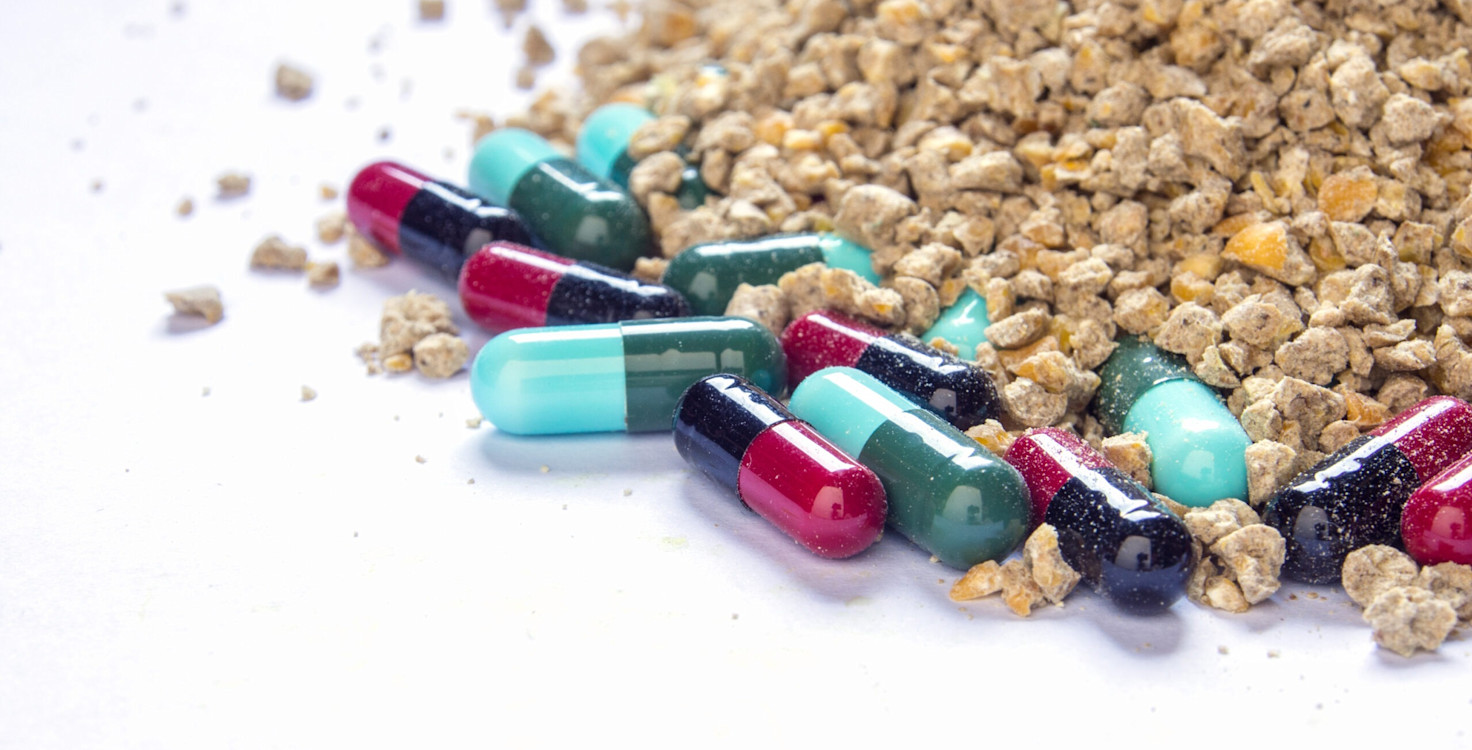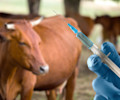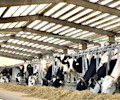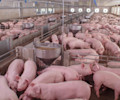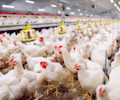Keeping farm animals healthy is big business. The market for providing farm animal health products, including antimicrobial treatments, is worth around $30 billion. It accounts for 62% of the global animal health sector and includes large listed companies such as Zoetis and Elanco.
Antibiotics constitute a large portion of this sector’s revenue given an estimated 70% of global antibiotic use by volume occurs in animal agriculture. These drugs play an important role in improving feed efficiency, maintaining animal health and reducing mortality rates in factory farms that advocate shorter growing periods and higher rates of production, often at the expense of welfare standards. However, these same drugs are also contributing to rising antimicrobial resistance (AMR) levels. Drug-resistant bacteria already and AMR has been called the ‘silent pandemic’ by G7 Health Ministers.
As the manufacturers and sellers of these drugs, animal health companies have an important role to play in tackling the threat AMR poses to global public health. Yet, the current sales and marketing techniques of this sector, particularly in emerging markets, are doing little to encourage responsible use. Our new report, ‘Feeding Resistance: Antimicrobial Stewardship in the Animal Health Industry’, finds that from an investor perspective, the resilience of animal pharma companies’ portfolios is at risk due to increasing regulation in global markets, as well as changes across the protein landscape.
The Promotion Problem
There are many different types of antibiotics, though the primary concern is for those categorised as shared-class, meaning they are used in both humans and animals. Although regulations to curb the use of shared-class antibiotics in farm animals is increasing, routine use of these drugs remains widespread, particularly in emerging markets where there is less regulation and enforcement is weaker. Product labelling, therefore, has a direct influence on how farmers administer antibiotics to their animals. Access to veterinarians is often limited and so a farmer’s only guide to correct usage, doses, methods of application, expiry date and disposal is the information provided on the product label.
Animal health companies operate within the law, but — because these laws vary so widely from country to country — are frequently able to utilise loopholes in the definition and make use of antimicrobials. This has created an inconsistent approach to sales, marketing and package sizing practices, which is helping to further entrench poor practices that contribute to the global AMR burden.
The FAIRR Initiative analysed ten of the largest animal health companies and found that none has a comprehensive policy on responsibly marketing antimicrobials for use in farm animals**.**
One example is Winmyco, a product sold by the Indian firm Zydus Cadila in 25kg bags and described as a “growth promoter”, which contains an antibiotic categorised by the WHO as a high-priority drug critically important for human health. Although the use of this drug is severely restricted in humans, it is being promoted for everyday use for non-medical purposes in animals.
Even Zoetis, the world’s largest animal pharma company, which has supported stronger antibiotics regulation in the US and committed to removing growth promotion claims from its products globally in January 2020, was found to be advertising medicated feed products as growth promoters. Analysis carried out by FAIRR in its recent animal health report found evidence on the company’s Ecuador website that it was selling Linco-Spectin, containing lincomycin, which is another drug classified by the WHO as critically important to humans.
The Risks of Changing Regulations
The global animal health sector is increasingly at risk from new regulations focused on curbing antimicrobial use in farm animals, and companies within the space are facing significant headwinds, which may prove costly for their investors.
Rapidly changing regulations have caught out companies unprepared for the transition. For example, US-based Phibro was impacted by a quick transition in regulation in China. Under announcement no. 194 of the Ministry of Agriculture and Rural Affairs, the production, import, sale and use of all growth-promoting medicated feed additives (MFAs) became illegal from 1 January 2020. As of July 2020, the same applies to commercial feed containing growth-promoting MFAs. As Phibro had been labelling its MFAs as growth promoters, all of which contain virginiamycin — a drug deemed critical for human health — it has been blocked from selling them in China since the beginning of 2020. The company already sells products containing virginiamycin for therapeutic purposes in other countries and has submitted the products for reapproval under therapeutic claims. They will be back in the market once the product is reapproved, but it is likely to be around a year before this happens, partly due to delays caused by the COVID-19 pandemic and African Swine Fever (ASF).
The introduction of e-prescriptions in Europe has already had an impact on the bottom line of animal health companies operating there. For example, in 2018, Virbac derived approximately 12.2% of revenue from the sale of antibiotics for food-producing animals (excluding aquaculture). However, after the introduction of mandatory e-prescriptions, the company reported revenue decreases within its pig and poultry antibiotics segment of 9.1% in 2019. In contrast, sales for other products, such as vaccines and supplements for pigs and poultry, increased by 6.6% during the same period.
A Call to Investors
Forward-looking animal health companies with exposure to the sector will need to pre-empt changes that could limit their market access and erode consumer trust in their brands and sectors. Diversifying into alternatives, such as diagnostic tools, vaccines, and novel treatments, is a step towards limiting these risks.
To build material resilience against these risks, investors must pay attention to the product portfolio composition of their investee companies to establish a baselines exposure to AMR and ensure that companies are employing consistent sales and marketing approaches in line with the strictest regulation across their global markets, as this will protect companies from any new and sudden regulatory changes. Companies should remove growth and routine prophylaxis claims from medically important antibiotics, with a longer-term view to removing such claims from all antimicrobials to protect the efficacy of these drugs and ensure the promotion of responsible use. Finally, animal pharma companies should consider selling antimicrobials in smaller packaging sizes to reduce waste and promote controlled use.
The FAIRR Initiative’s new report, ‘Feeding Resistance: Antimicrobial Stewardship in the Animal Health Industry’, summarises the contribution of animal agriculture to AMR and examines the current practices of the ten largest publicly listed animal health companies that produce antimicrobials across manufacturing, sales and marketing, innovation and stewardship. The report also explores some of the key actions that the sector and its investors must take to future-proof its long-term sustainability and reduce the risk of AMR.
FAIRR insights are written by FAIRR team members and occasionally co-authored with guest contributors. The authors write in their individual capacity and do not necessarily represent the FAIRR view.
